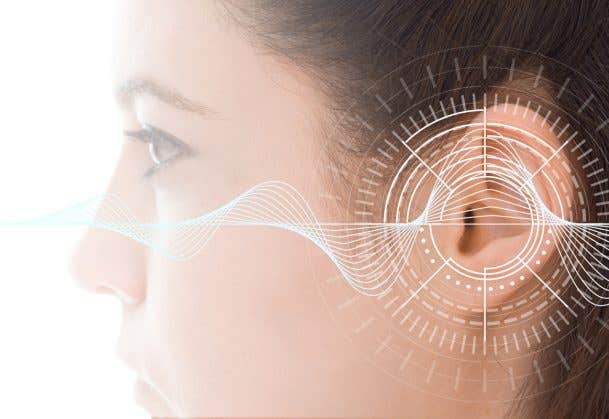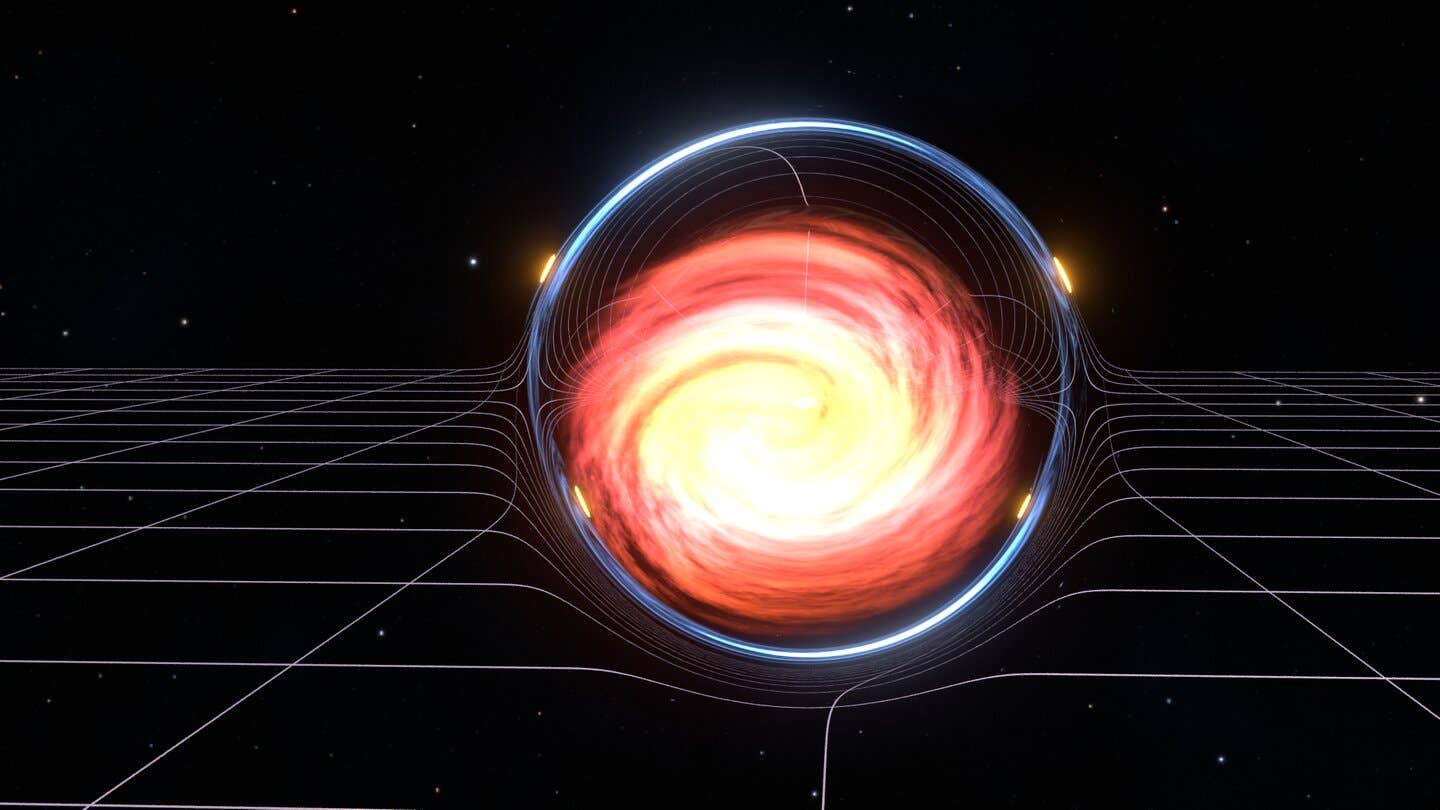Groundbreaking study uncovers how the brain processes and stores words we hear
The ramifications of this discovery are profound and far-reaching as they may significantly influence recovery and rehabilitation strategies

[July 8, 2023: Staff Writer, The Brighter Side of News]
Religiosity and spirituality could be mapped to specific brain circuits. (CREDIT: Getty Images)
In groundbreaking research, neuroscientists at Georgetown University Medical Center have challenged a century-long understanding of the brain. They assert that the brain's catalog of verbal language, known as the auditory lexicon, is situated in the frontal part of the primary auditory cortex, rather than at the back as traditionally believed.
The ramifications of this discovery are profound and far-reaching as they may significantly influence recovery and rehabilitation strategies following brain injuries, such as strokes.
The research, which was led by the team in the lab of Maximilian Riesenhuber, PhD, professor in the Department of Neuroscience at Georgetown University Medical Center, appears in the Neurobiology of Language journal. The conclusions drawn from their study not only refutes an enduring assumption in neuroscience but also sheds new light on our understanding of speech comprehension deficits.
Riesenhuber's lab had previously demonstrated the existence of a lexicon for written words. This lexicon is situated at the base of the brain's left hemisphere in a region known as the Visual Word Form Area (VWFA). They further ascertained that newly learned written words are appended to the VWFA.
Related Stories
Buoyed by this discovery, the present study ventured to examine whether an analogous lexicon existed for spoken words in the Auditory Word Form Area (AWFA), an area anterior to the primary auditory cortex.
Riesenhuber reflected on the long-standing assumptions in neuroscience, noting, “Since the early 1900s, scientists believed spoken word recognition took place behind the primary auditory cortex, but that model did not fit well with many observations from patients with speech recognition deficits, such as stroke patients." The findings of the current study, he suggests, may provide a new target area that could shed further light on the enigma of speech comprehension deficits.
The research involved 26 volunteers who underwent three rounds of functional magnetic resonance imaging (fMRI) scans to probe their spoken word processing abilities. The researchers employed a novel technique known as functional-MRI rapid adaptation (fMRI-RA), a more sensitive approach than conventional fMRI. This method allows for a more nuanced assessment of the representation of auditory words and the learning of new words.
Identifying the auditory word form area (AWFA). Proposed location of the AWFA. (CREDIT: Neurobiology of Language)
Speaking on future research trajectories, Riesenhuber added, “In future studies, it will be interesting to investigate how interventions directed at the AWFA affect speech comprehension deficits in populations with different types of strokes or brain injury.
We are also trying to understand how the written and spoken word systems interact. Beyond that, we are using the same techniques to look for auditory lexica in other parts of the brain, such as those responsible for speech production.”
Rapid adaptation and Auditory Localizer Experimental Paradigms. (CREDIT: Neurobiology of Language)
In an endorsement of the vast, unexplored potential of the human brain, Josef Rauschecker, PhD, DSc, a professor in the Department of Neuroscience at Georgetown and co-author of the study, mentioned how many facets of how the brain processes words, either written or verbal, remain to be thoroughly understood.
Rauschecker explained, “We know that when we learn to speak, we rely on our auditory system to tell us whether the sound we’ve produced accurately represents our intended word. We use that feedback to refine future attempts to say the word. However, the brain’s process for this remains poorly understood – both for young children learning to speak for the first time, but also for older people learning a second language.”
Functional Connectivity of the AWFA. Whole-brain functional connectivity of the AWFA during the auditory 189 localizer task (n=26). Results are thresholded at a voxel-wise p £ 0.001 and cluster-level p £ 0.05, FWE corrected. Cluster 190 corresponding to the literature coordinates of the VWFA is circled in red. (CREDIT: Neurobiology of Language)
The revelations of the study underline the continuous evolution of our understanding of neuroscience, even as they underscore the enormity of the task that remains. They represent a crucial stepping stone on the path to fully comprehending the marvels of the human brain.
Moreover, the study highlights the potential for discoveries to transform patient care by influencing recovery and rehabilitation following brain injuries. As we continue to chart this unexplored terrain, such insights could fundamentally reshape our approaches to brain health and rehabilitation.
For more science stories check out our New Discoveries section at The Brighter Side of News.
Note: Materials provided above by The Brighter Side of News. Content may be edited for style and length.
Like these kind of feel good stories? Get the Brighter Side of News' newsletter.



